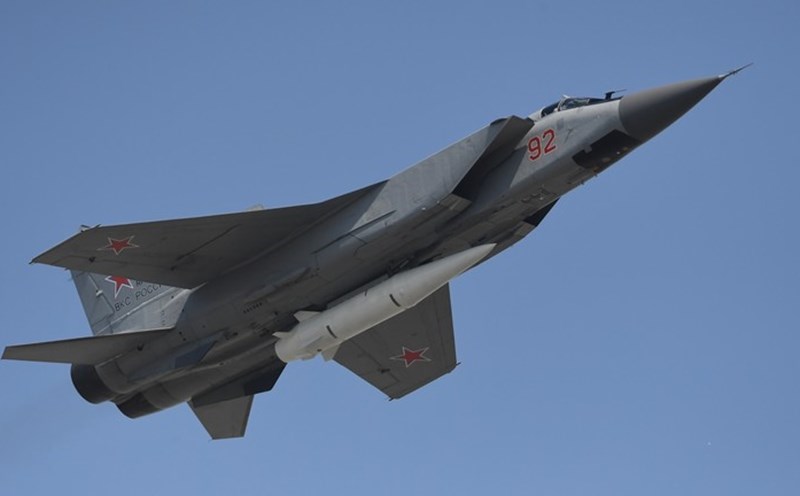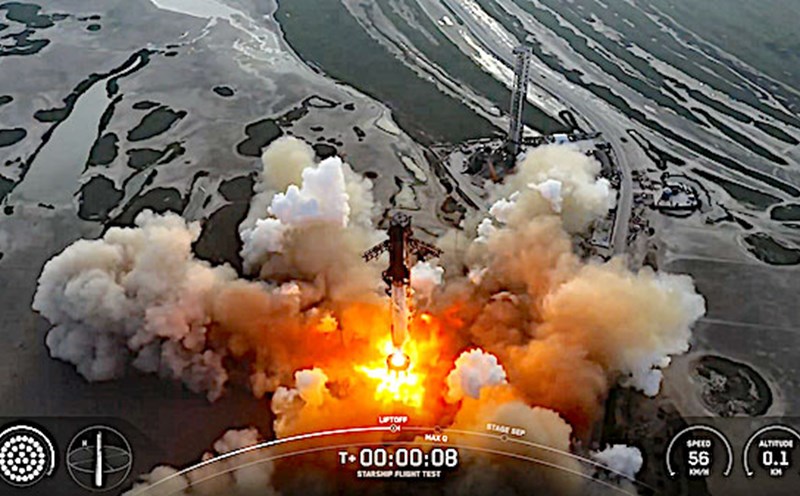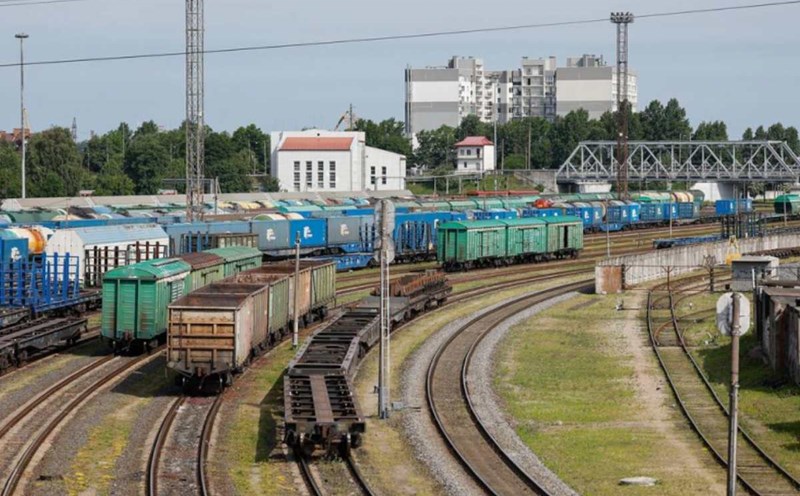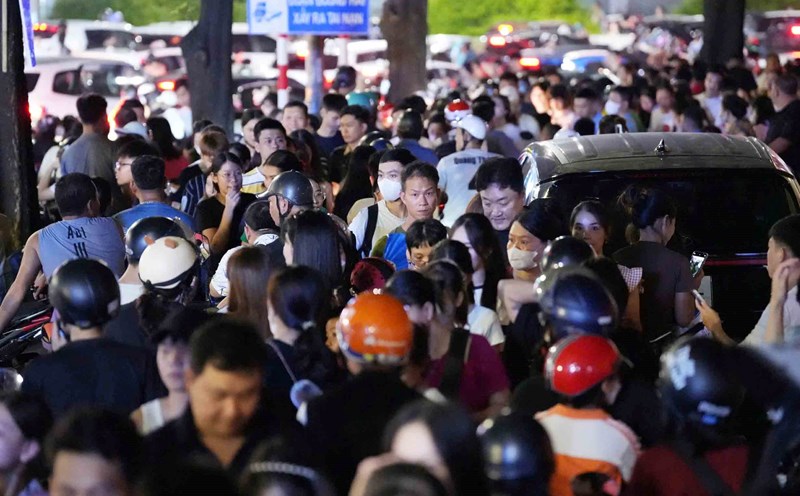The North Central News Agency (KCNA) said leader Kim Jong-un had just visited a research institute under the General Department of Rocket, which specializes in developing carbon fiber composite materials, on September 1. He has reviewed the results of eight engine tests over the past two years and discussed future mass production plans.
According to KCNA, the new solid fuel engine using composite materials has a maximum thrust of 1,960 kN, designed for both the Hwasong-19 and Hwasong-20 ICBMs. Mr. Kim Jong-un assessed this achievement as a "major change" in North Korea's efforts to strengthen its strategic missile capabilities.
This is the first time Pyongyang has confirmed that it is developing a new-generation ICBM since the Hwasong-19 test launch in late October 2024. At that time, the missile flew 7,687.5km high, traveling more than 1,001km in 1 hour 25 minutes 56 seconds before falling into the sea east of the Korean peninsula.
North Korean media called Hwasong-19 the worlds most powerful missile, but did not disclose details. The Joint Chiefs of Staff said the rocket line used solid fuel, similar to the Hwasong-18, instead of liquid fuel like previous ICBMs.
solid fuel missiles have many advantages: do not require much relocation time before launching, are difficult to detect by reconnaissance systems, are easy to deploy from many locations, and cost less maintenance than liquid fuel.
The range of Hwasong-20 and Hwasong-19 is currently unknown. However, the Hwasong-18 was once assessed to be able to fly up to 15,000km away if launched at an optimal angle, capable of reaching the entire US territory, carrying one or more warheads with a total weight of 1.25 to 1.5 tons.
Observers say the modernization of ICBMs is a focus of North Korea's military strategy, aiming to increase both range and destructive power to enhance deterrence.











